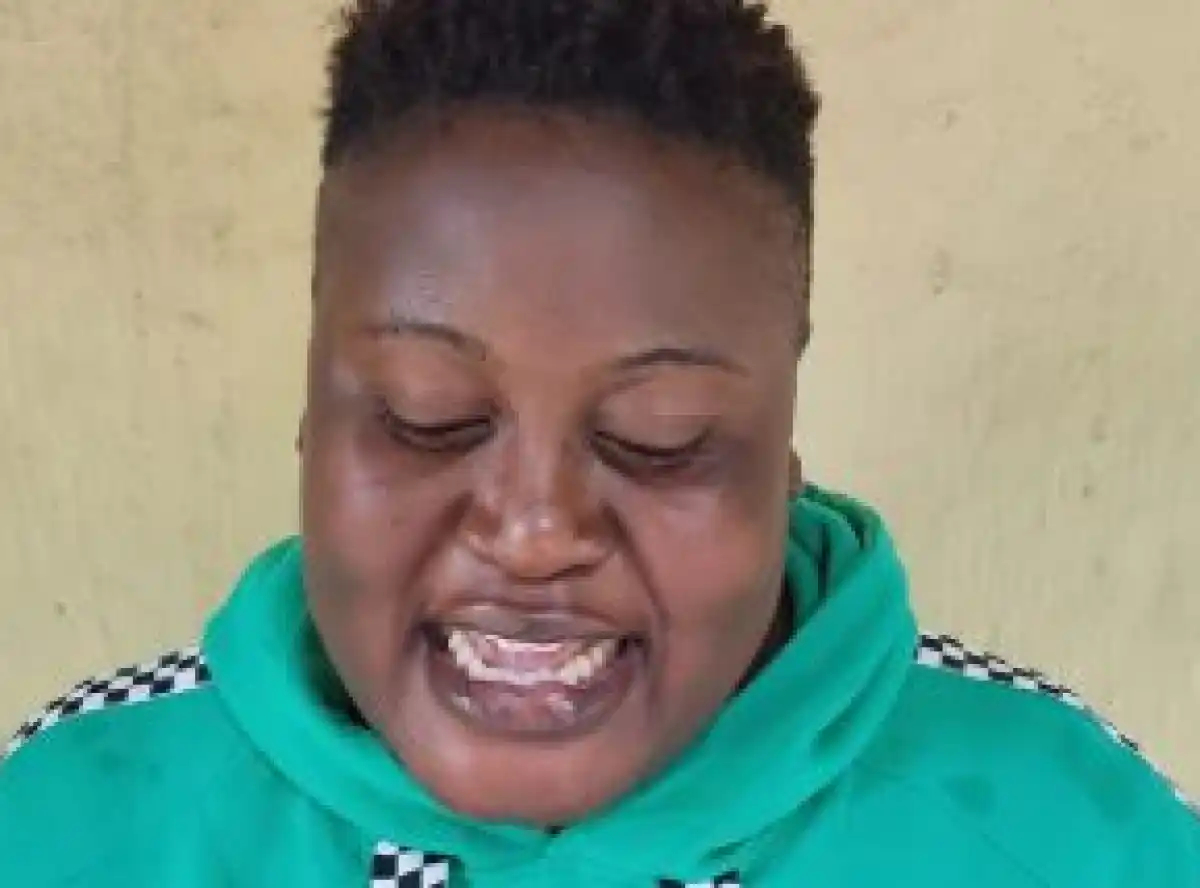
The Higher Education Students Loans and Grants Board has opened loan applications for students selected to various universities and colleges in Malawi.
The application window closes on June 30 2024.
This year’s loan applications are entirely online at sfmis.heslgb.mw. Current loan beneficiaries can log in using their credentials to edit their information or upload new documents such as proof of payment for the K7 500 application fee and a guarantor consent form.
What to do Before applying for a loan, new students selected by the National Council for Higher Education (Nche) to various public universities and colleges must register on the application portal to authenticate and build their profile.
With funding from the World Bank through the Skills for a Vibrant Economy Project, the board also provides loans to open and distance e-learning (ODeL) students studying health, education, ICT, agriculture and energy in public universities only.
The ODel students, like all others, must submit fresh applications every year to express their interest in a loan.
This year, through the World Bank project, the board aims to increase female ODel students in the specified programmes to be provided with a loan.
Every year, loan seekers are required to express interest in a new loan.
They have to submit their application annually.
Normally, the board opens loan applications for two months, usually from April to May.
Failure to apply during this period indicates that a previously needy student has found an alternative source of income such as a scholarship or bursary.
Eligibility
The board supports needy students who require financing for their higher education, studying for an accredited generic degree programme at a public or private institution of higher learning accredited by Nche.
First-year students who passed their Malawi School Certificate of Education or its equivalent with six credits can apply for the loan.
Continuing students are supposed to have passed the necessary examinations to proceed to the next year of study.
The students’ loans board offers tuition and upkeep loans.
Students in public institutions can apply for both loans. If successful, they will get both or one.
Students in private higher learning institutions can only get 50 percent of their tuition.
This loan is disbursed in the second semester of one’s study to ascertain if a student can pay the tuition fees for the first semester.
Who is needy?
Needy students include poor orphans, financially constrained applicants with disabilities or applicants whose parents have disabilities and are living in poverty.
The target students also include applicants from poor families; those who have not inherited any property, estate or fortune; students from low-income families earning no more than the minimum wage or learners who do not have any source of income to meet the cost of tuition, upkeep, or sstationary.
Applicants from households headed by chronically ill parents and guardians without the capacity to generate sufficient income to finance higher education also qualify.
Application period:
Loans are applied for the next year of study.
For example, year two students will apply for loans to support their studies in year three.
However, the loans are due for payment two years after one completes studies.
Borrowers have to pay back whether they graduate with a qualification or not.
This is a loan, so they will be required to repay it. Failure is not an excuse.
Former beneficiaries are given a two-year grace period during which no interest is calculated.
After this period, they are given five years to repay the loan with a 15 percent compound interest per annum.


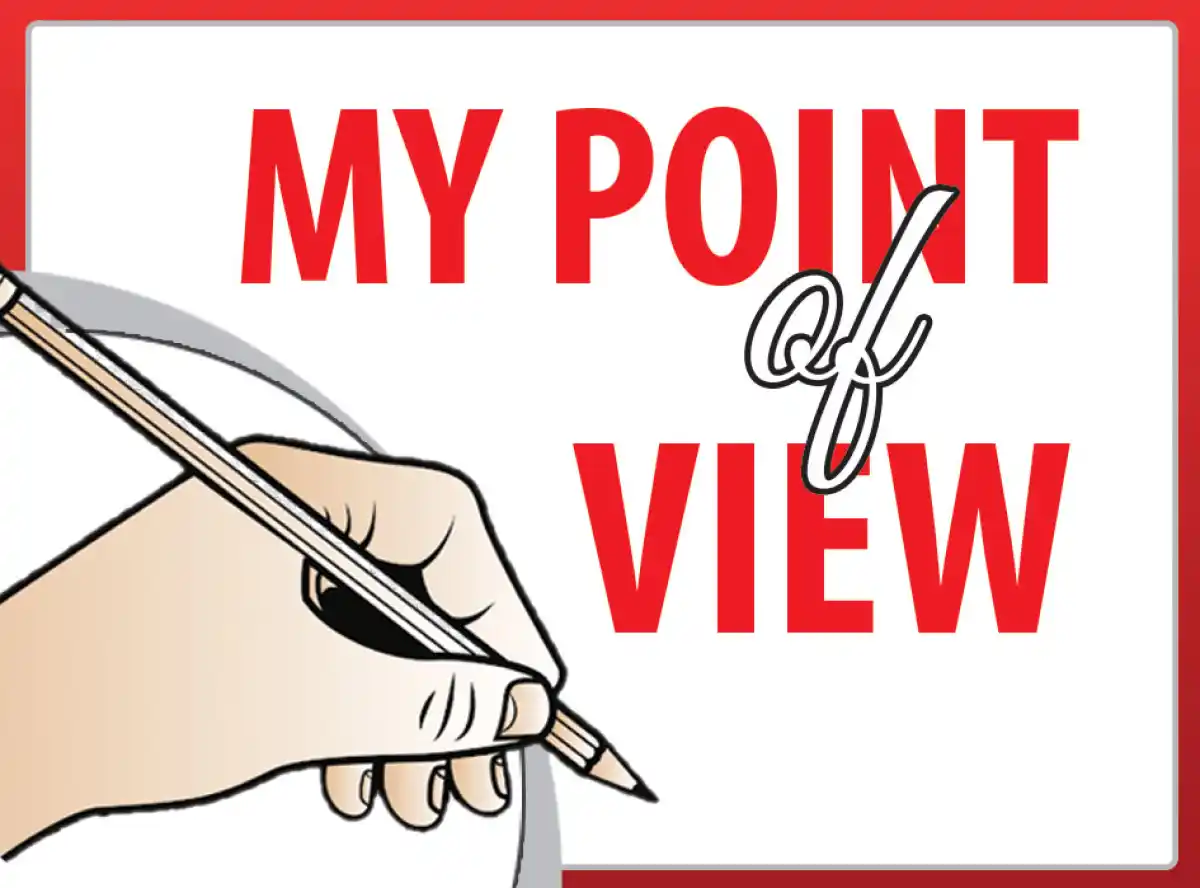

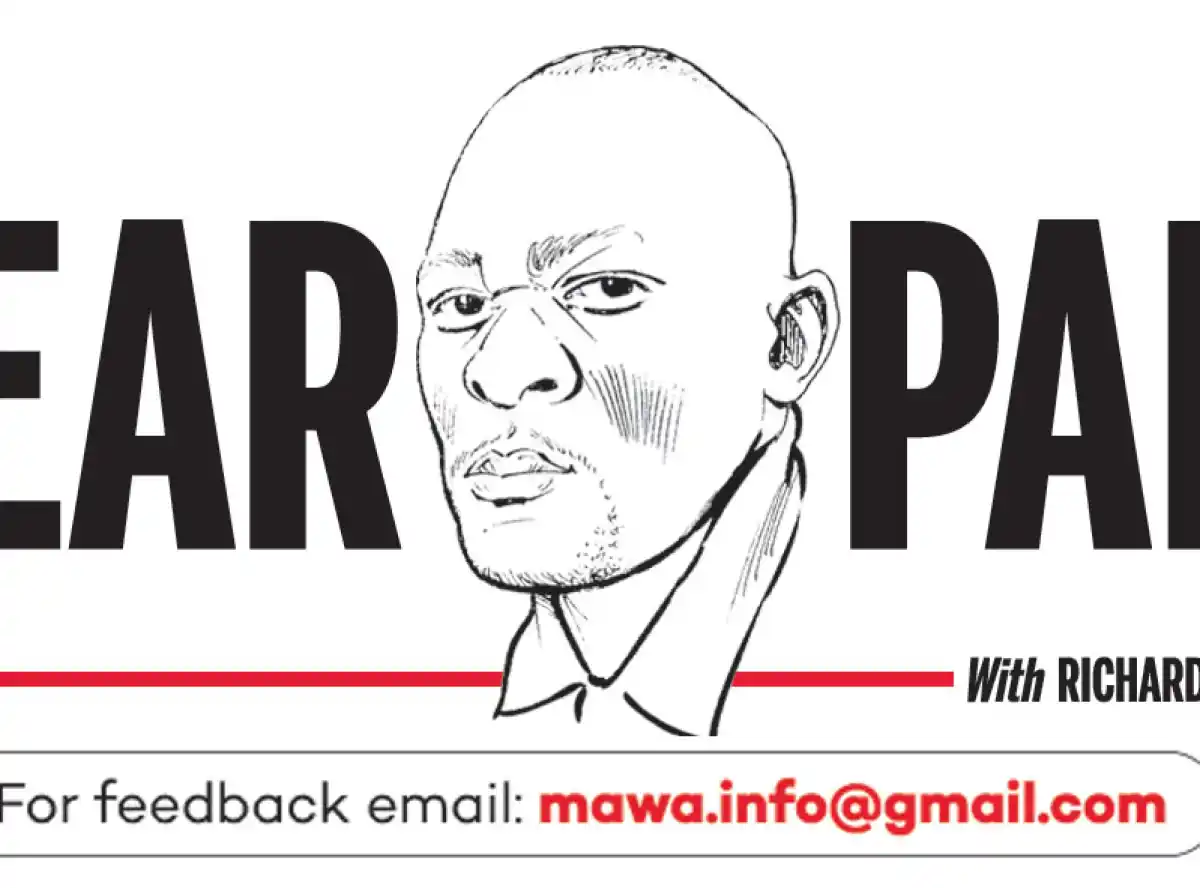
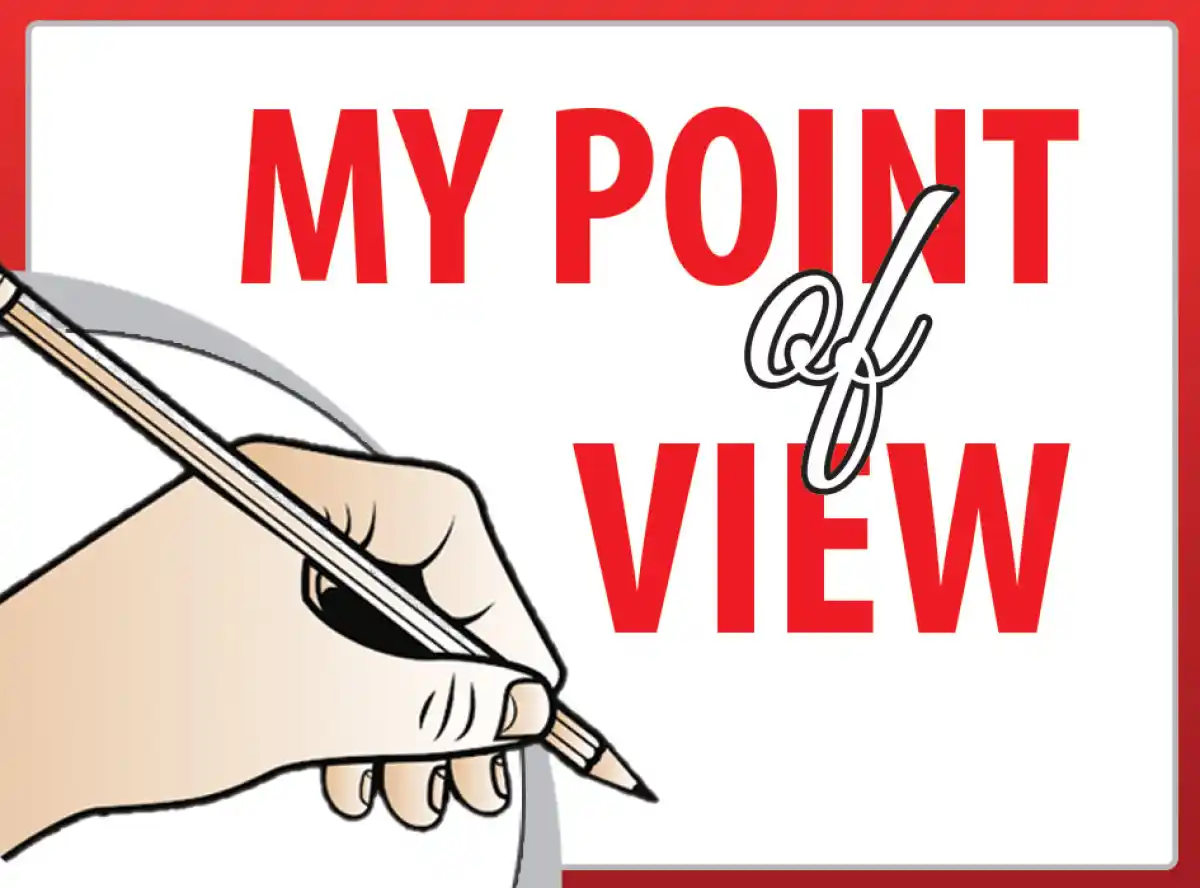
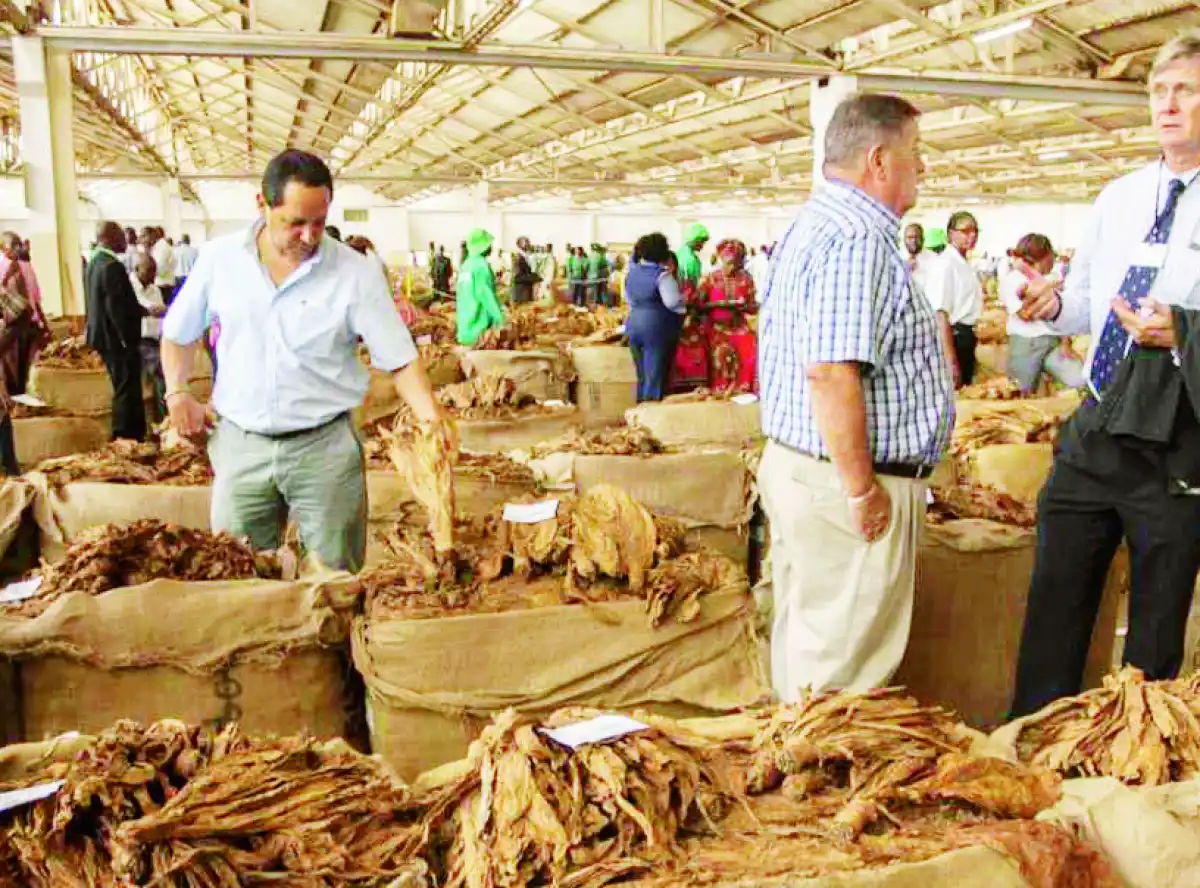
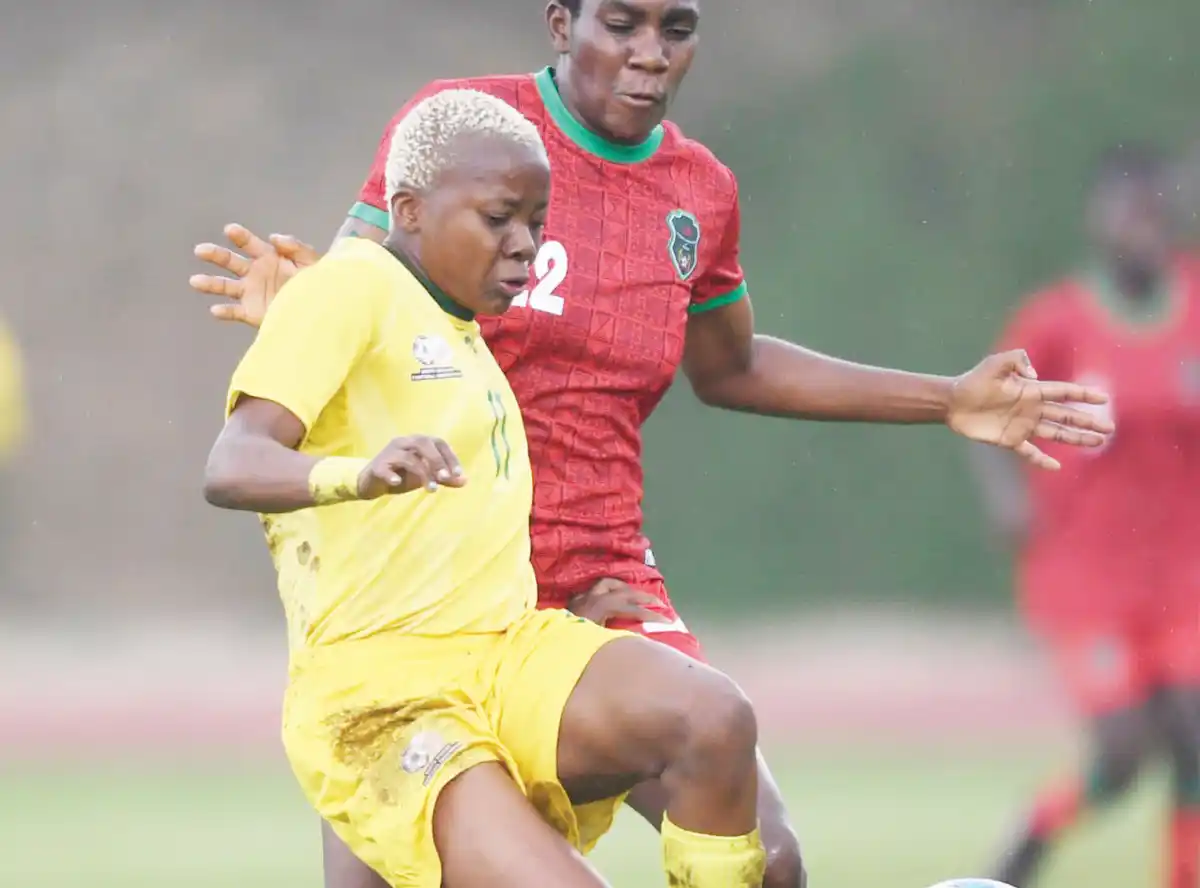
0 Comments